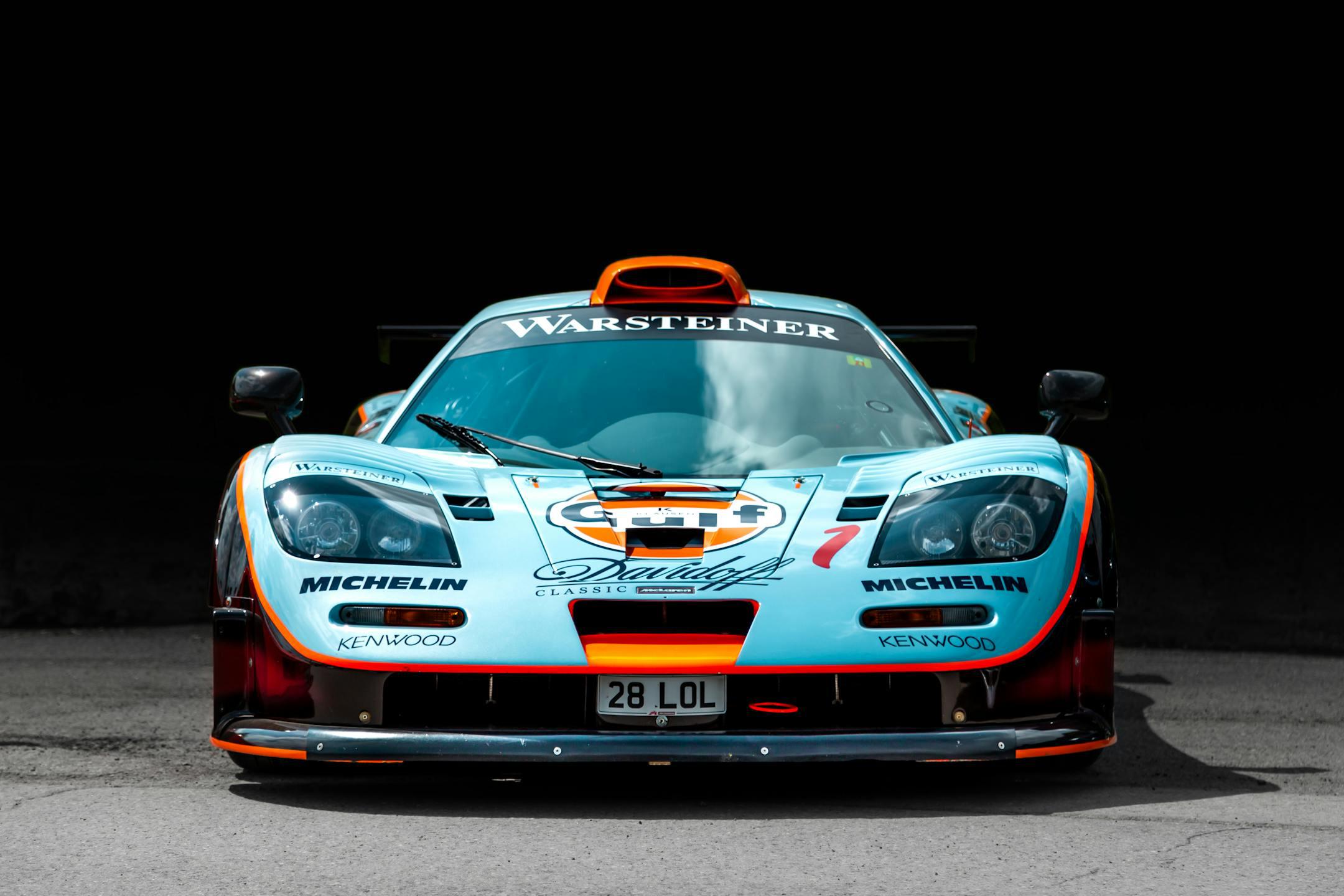
What Defines an Investment-Grade Car?
Not every Ferrari or Porsche qualifies as investment-grade. To achieve that status, a car typically has:
Unlike daily drivers, these cars are often stored in climate-controlled vaults, rarely driven, and meticulously maintained—not just for passion, but for appreciation.
Named after the company’s founder, the Enzo is a naturally aspirated V12 hypercar with F1-inspired technology. Its design, engineering, and limited production make it one of the most desirable Ferraris ever. Prices have tripled in the last 10 years.
Arguably the last analog supercar, the Carrera GT features a V10 engine derived from Le Mans prototypes and a 6-speed manual gearbox. Its values skyrocketed during the 2020s collector boom.
Once the fastest car in the world, the Veyron was the first production car to top 250 mph. With quad turbos and 1,000+ hp, it's a masterpiece of engineering. Collectors now seek early models and ultra-rare trims like the Super Sport and Grand Sport Vitesse.
Part of the “Holy Trinity” of hybrid hypercars (with the LaFerrari and 918 Spyder), the P1 blends electrification with race-bred performance. Lightweight, stunning, and rare, it’s on every investor’s shortlist.
Once underappreciated, the LFA has become a cult classic thanks to its carbon-fiber monocoque, screaming 9,000 rpm V10, and limited numbers. The Nürburgring variant is ultra-collectible.
This naturally aspirated 6.2L V8 beast is both brutal and beautiful. The “Black Series” badge signals extreme engineering. Demand and prices have surged, especially for low-mileage examples.
Inspired by the legendary Le Mans-winning GT40, the 2005–2006 GT has become a collector gem. The modern version, especially Carbon Series and Heritage Editions, are appreciating fast.
Pagani’s first car is now a legend. Each model was hand-built, featuring AMG-sourced V12s, bespoke interiors, and near-mythical rarity. Prices have exploded in the past 5 years.
As Ferrari’s hybrid hypercar entry, the LaFerrari blends cutting-edge performance with sculpted elegance. The Aperta version (convertible) is even rarer and commands higher prices.
A modern analog dream—manual transmission, no rear wing, naturally aspirated engine. The 911 R was an homage to purists and immediately became a modern classic.
Condition, mileage, and provenance are everything. A pristine, low-mile car with full documentation will always outperform average examples.
High production numbers kill long-term investment value. Focus on cars with true scarcity.
Some cars are still undervalued today. Watch the market closely and identify models with cult followings, racing pedigrees, or early depreciation curves.
Investment-grade cars require professional storage, regular maintenance, and specialized insurance. Consider secure car vaults and concierge services.
From auction houses to specialized dealers, insider access helps you spot deals, verify provenance, and negotiate wisely.
These investment-grade cars aren’t just fast—they’re rolling art, engineering marvels, and cultural milestones. For collectors and investors, the thrill isn’t just behind the wheel—it’s in watching an asset appreciate while owning a piece of automotive history.
Whether you’re entering the market or expanding a collection, the right car isn’t just a machine. It’s a statement—and possibly, a smart financial move.